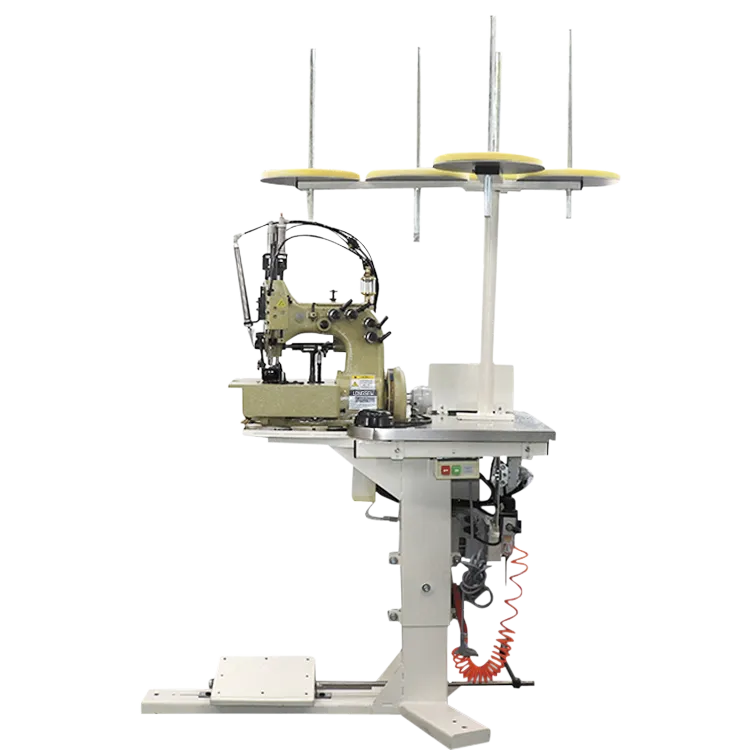what does a overlocker do
What Does an Overlocker Do?
An overlocker, also known as a serger, is an essential tool in the world of sewing and garment construction. It plays a unique role that distinguishes it from traditional sewing machines. Understanding the functions and benefits of an overlocker can significantly enhance the sewing experience, whether you are an amateur hobbyist or a seasoned professional.
Firstly, an overlocker is primarily designed for finishing edges. When sewing garments, the raw edges of the fabric can easily fray and unravel, which not only compromises the integrity of the garment but can also lead to an unattractive appearance. An overlocker solves this issue by using a series of threads to create a tightly locked stitch around the fabric edges, effectively preventing fraying. This is particularly important for knit fabrics, which have a tendency to stretch and distort when handled. The overlock stitch maintains the fabric’s elasticity while providing a clean finish.
What Does an Overlocker Do?
The speed at which an overlocker operates is another advantage that cannot be overlooked. While a traditional sewing machine paces itself, often requiring more time to perform similar tasks, an overlocker can produce finished seams and edges significantly faster. This feature is particularly valuable for those involved in mass production, such as in clothing manufacturing, where efficiency and consistency are critical.
what does a overlocker do

Overlockers also offer versatility in stitch types. Many models are equipped with multiple threads, allowing for various stitching options such as three-thread, four-thread, and even five-thread overlock stitches. Each configuration serves a different purpose; for example, a three-thread stitch is lighter and ideal for delicate fabrics, whereas a four-thread stitch provides added strength for seams that are under stress.
Moreover, an overlocker enhances the quality of the finished product. The types of stitches it creates allow for more stretch and flexibility, making it perfect for sportswear and fitted garments. This stretchability means that the seams can withstand the movements and stresses placed on them during wear, contributing to a garment's durability and longevity.
However, utilizing an overlocker requires a different set of skills compared to using a conventional sewing machine. The threading process can be more complex, and achieving the correct tension settings is essential to produce high-quality stitches. Therefore, it is advisable for users to invest time in learning how to operate the machine effectively to achieve the best results.
In conclusion, an overlocker serves multiple critical functions in the sewing process, from finishing edges to creating strong seams with remarkable speed and efficiency. While it may require some initial investment and training, the benefits it offers in terms of quality, durability, and professionalism make it an invaluable tool for anyone serious about sewing. Whether you’re creating casual wear or high-end fashion, an overlocker can elevate your projects and ensure that they stand the test of time.
-
Industrial Cylinder Arm Sewing Machine: Revolutionizing Heavy-Duty SewingNewsJul.28,2025
-
Cylinder Arm Sewing Machine: Perfect for Special Sewing ApplicationsNewsJul.28,2025
-
Cylinder Bed Sewing Machine: Essential for Sewing Complex MaterialsNewsJul.28,2025
-
Heavy Duty Sewing Machine: The Essential Tool for Industrial ApplicationsNewsJul.28,2025
-
Computerized Pattern Sewing Machine: Revolutionizing Precision StitchingNewsJul.28,2025
-
Heavy Duty Industrial Sewing Machine: Power Meets PrecisionNewsJul.28,2025
-
Leather Sewing Machine: The Industrial Standard for Tough MaterialsNewsJul.18,2025





























